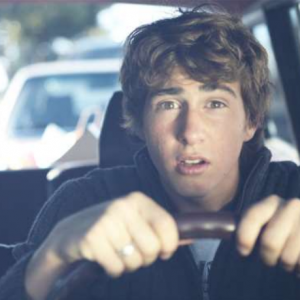You can be abusing your car without even knowing it. By adopting healthy driving habits and avoiding bad practices at the wheel and some routines, we will avoid premature wear of the vehicle’s mechanics, which also compromises safety.
Respecting the rules is not everything. Taking care of the «health» of your vehicle to keep it in optimal mechanical conditions is also fundamental.
This way you will avoid visiting the workshop, and above all you will drive safely.
Here are ten healthy driving habits that you can easily put into practice to extend the life of your vehicle.
1. DEPRESS THE CLUTCH PEDAL WHEN STARTING
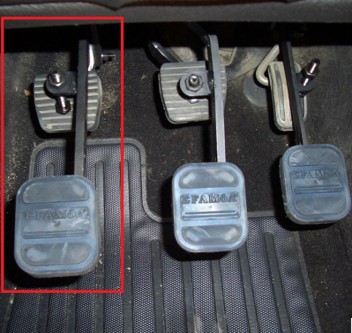
A measure to protect the battery, as there are fewer transmission parts to move. With the clutch fully depressed it «cuts» the transmission and only the engine and flywheel turn.
However, if you do not press the clutch pedal, the gears in the gearbox and the clutch disc also move, and in fact many modern vehicles no longer allow the engine to be started without the clutch fully depressed.
2. WITHOUT ACCELERATING
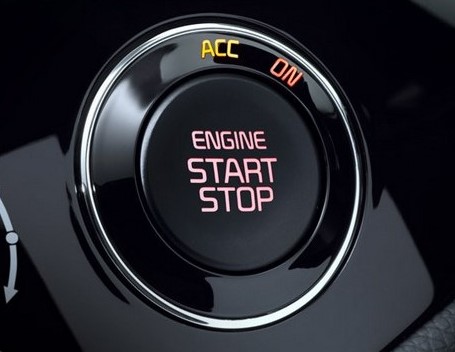
When you start, you do not need to press the accelerator pedal.
The electronic injection system provides the right amount of fuel without accelerating. When you press the throttle, you are sending out an excess of fuel that does not burn and is diluted in the oil, subtracting properties. And worse: it multiplies the wear and tear on engine parts that are still unlubricated.
3. THE FOOT, AWAY FROM THE CLUTCH PEDAL
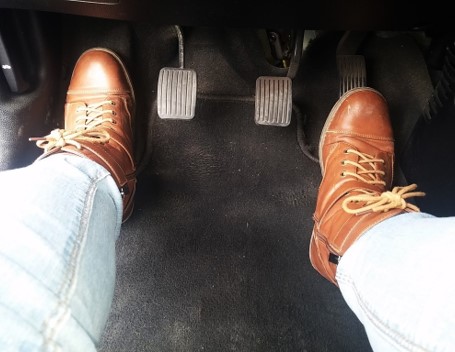
Do you usually leave your foot on the clutch pedal whenever you drive? This apparently harmless habit can be very expensive. The slight pressure of the foot on the pedal causes premature wear of the clutch collar (or thrust bearing) through friction. The deterioration of this part forces the complete clutch to be changed (pressure plate, clutch disc and collar), an expensive task because it involves removing the transmission from the car.
So when you don’t change gear, leave your foot resting on the left support.
4. HANDS, AT THE WHEEL
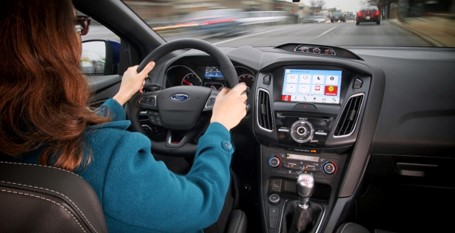
The hand resting on the shift lever is one of the most widespread «vices». As in the previous case, it is only a small pressure but can cause serious damage. The shift lever is the end of an endless number of gears that work in solidarity to transmit the engine power to the wheels. Any pressure on it wears out those gears. Over the years, this can result in backlash, gears that resist going in or out, and even breakage.
Always remember to keep your hands on the steering wheel and only on the lever when changing gear. This also gives you the ability to manoeuvre the wheel.
5. REFUELLING BEFORE BOOKING
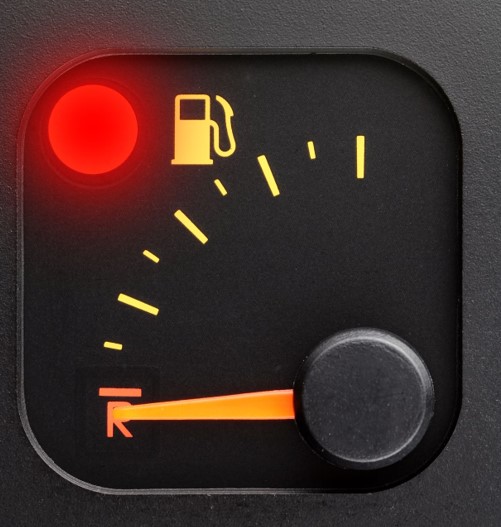
Draining the fuel tank can cause impurities in the lower part of the tank to reach the engine and cause damage to expensive replacement parts, such as the pump or injectors.
If possible, refuel before reaching the reserve. If your tank is completely empty, clean the circuit thoroughly.
6. PAY ATTENTION TO THE KERBS
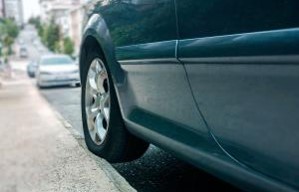
Try not to hit your tyres against protruding kerbs or potholes: pinching, either front or side, will damage the tyres. Among other things, a hard knock can change the suspension settings, unbalance the wheels, change the steering angle and cause vibrations in the steering wheel. It can also affect the bearings.
If you have to climb a hill or face a bump, always do so as slowly as possible.
7. PROGRESSIVE BRAKING

Whenever possible, downshift and let the engine brake. And get used to stepping on the brake pedal progressively. A calm and balanced drive, without braking, avoids overloading the system.
On the other hand, over-braking accelerates wear and tear, especially on the pads and discs.
8. STEERING WHEEL: TURN WITHOUT REACHING THE STOP
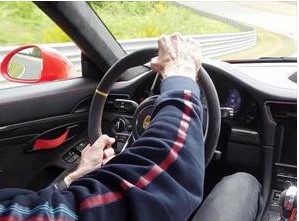
Turning the steering wheel as far as it will go affects the steering and suspension status (ball joints, silentblocks…). Each wheel can be turned about 2.5 turns on each side: when approaching the end stop, leave a small margin so as not to force the steering. Your car will appreciate it.
9. DRIVE SAFELY
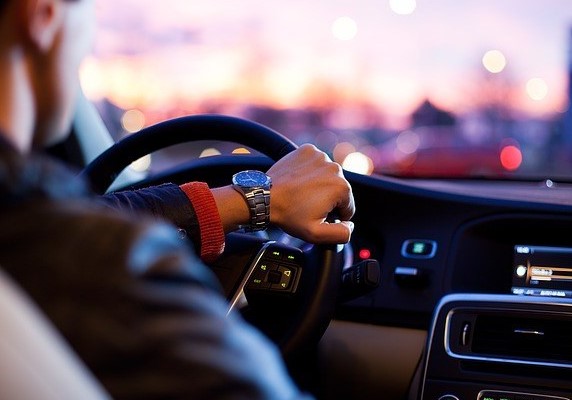
The driving style will determine the wear and tear of the vehicle. Driving with high acceleration, braking and sharp steering wheel turns punishes all systems: brakes, gearbox, clutch, tyres, engine (pistons, cylinders, crankshaft) and in general, forces all moving parts.
And, of course, consumption increases. A sharp driving can increase consumption: a sharp driving can increase consumption between 2 and 4 litres every 100km.
10. IN THE ARRESTS, DEADLOCK

Keeping the clutch fully engaged during stops is a bad practice that does nothing to help, but it can damage the mechanics because it wears out the clutch collar prematurely.
When you stop at a red traffic light for example, always move the gear lever to the neutral position and take your foot off the clutch pedal.


